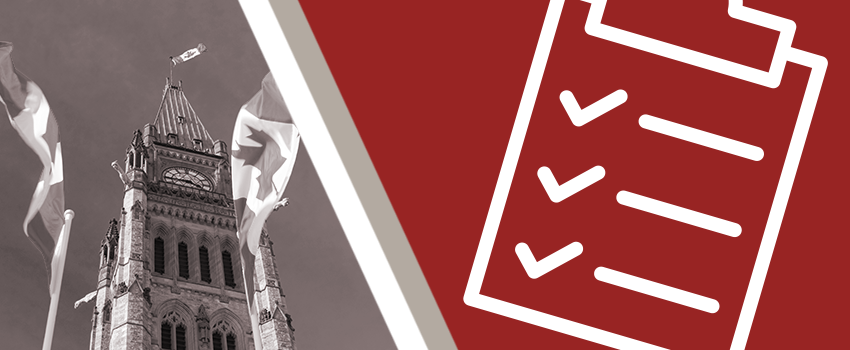Canada’s federal election campaign is officially underway: at the end of April 2025, Canadians will head to the polls to elect a new government. While political leaders may come and go, one constant remains at the heart of the Canadian system — a professional, impartial, and non-partisan public service.
Made up of career officials, the federal public service is tasked with supporting governments of all political stripes. It carries out their priorities and ensures the uninterrupted delivery of public services to Canadians.
Working behind the scenes, public servants are expected to demonstrate discretion and impartiality. Their role is to provide expert, evidence-based advice, independent of the government’s political leanings. This neutrality is a cornerstone of Canada’s parliamentary democracy, helping to maintain stability, continuity, and public trust in the institutions of the state.
But how does this collaboration between elected officials and the public servants who implement their policies actually work?
“You need a constant dialogue if you want to move a bill forward, launch a spending program, or decide how to respond to an event.”
So explains Michael Wernick, former Clerk of the Privy Council of Canada. According to him, the Prime Minister and federal ministers rely on two essential pillars to make decisions:
- The partisan pillar, represented by the minister’s political staff;
- The neutral and impartial pillar, embodied by the federal public service and headed by a deputy minister.
These two pillars interact continuously and collaborate closely to shape and deliver policies and programs that directly affect the lives of Canadians.
Wernick also notes a key difference between Canada and the United States: Canada benefits from a long-standing tradition of continuity through a neutral, professional public service that remains dedicated to public administration, regardless of political change.

Want to learn more about how Canada’s federal government operates? Take a deep dive into the country’s legislative and regulatory process in the new asynchronous online course offered by the Civil Law Section and the Professional Development Institute at the University of Ottawa.

